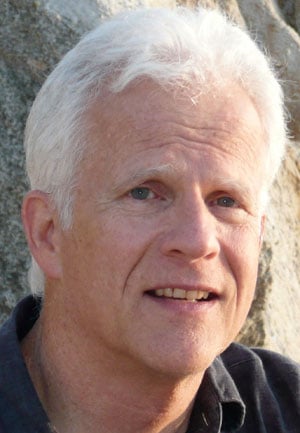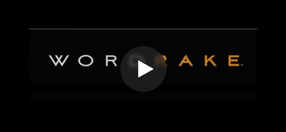When to Use Transitions
You know how it is. You’re at 14,000 feet, dropping down the other side of the Cordillera, trekking past the trickles, dropping into the headwaters, paddling along the Huallaga into the Ucayali, destined for the Big River itself, when suddenly, WHAM! What! A dam? Who stuck a dam out here? Everything was moving so nicely!
Think of your writing as the Amazon River, each sentence a small tributary flowing into a paragraph, each paragraph a major tributary, sweeping toward Pará, your conclusion. As our river guide, you must put us in the flow, but too often, we’re with you, cruising, taking in your meaning, when suddenly, WHAM! What! An artificial transition? Who stuck an artificial transition in here? And another. And another: Therefore, Consequently, Accordingly, Furthermore, In summary:
Additionally, Eugene reserved a power of appointment . . . .
Finally, in analyzing federal agency employee’s motivations . . . .
Someone taught us to do this. Probably the same someone who taught us to stick a topic sentence at the beginning of every paragraph. (See Tip: “The Worst Writing Advice You Ever Got.”) If you shun these transition words that mean only, “Oh look, here’s some more,” your sentences will keep us in the flow and move us faster. But for too many of us, our Ucayali looks like this:
In fact, DelTech advertises that its 7200 Skimmer removes 100 gallons of oil per hour.
Moreover, their catalog describes the 7200 as “capable of removing 100 gallons every hour.”
Furthermore, their Sales Manager, Rine Hepburn, told Bogart he could “rely on that beast to suck a hundred gallons an hour.”
Indeed, when Bogart skimmed his lagoon with the 7200, he found it processed only 30 gallons.
The relationships of the first three sentences to each other and to the fourth sentence are obvious. When we use concrete statements, we don’t need to editorialize before or after, and we don’t need to erect artificial transitions between that interrupt the flow. We need only a little but to turn and contrast it at the end, a correction touch on the oar.
DelTech advertises that its 7200 Skimmer removes 100 gallons of oil per hour.
Their catalog describes the 7200 as “capable of removing 100 gallons every hour.”
Their Sales Manager, Rine Hepburn, told Bogart he could “rely on that beast to suck a hundred gallons an hour.”
But when Bogart skimmed his lagoon with the 7200, he found it processed only 30 gallons.
At the push of one button, WordRake would have highlighted all four artificial transitions and much more. Try it for yourself. You can use it free for a week.
Occasionally, an opening transition serves a purpose, but only if the word means more than, “Yeah, and this, too, and this, too, and this, too.” Otherwise, skip the cheap transitions and use your simple tools: Also, And, But, Or, However, Nevertheless. But use them sparingly, not at the beginning of each sentence:
And in Millennium 3 Technologies, the holding has been . . . .
However, for the FAA to apply, “evidencing” require . . . .
Nevertheless, Lender is more interested in . . . .
I have an idea for those who insist we keep damming up our sentences with artificial transitions: Turn them over to the Campa to have their heads shrunk and stuck on a pole. I’m just kidding; they stopped doing that when they ran out of missionaries. But we still have boas, blowguns, and vampire bats. We’ll think of something.




